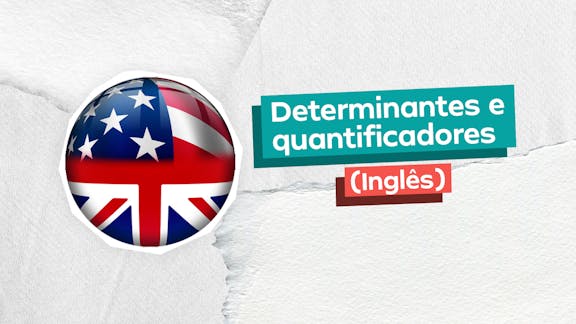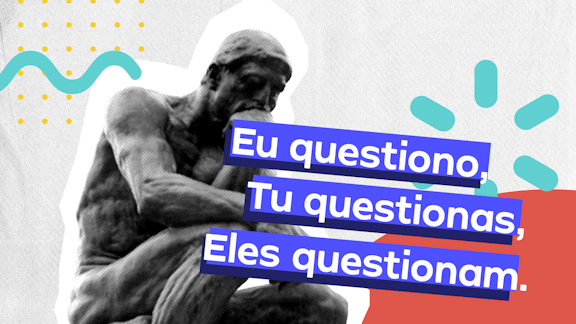Mark the CORRECT alternative according to the text:
Will we ever grow replacement hands?
"Over the past few weeks on the BBC News websitewe have looked at the potential for bionic body partsand artificial organs to repair the human body. Now wetake a look at "growing-your-own".There is a pressing need. A shortage of availableorgans means many die on waiting lists and those thatget an organ must spend a lifetime onimmunosuppressant drugs to avoid rejection.
The idea is that using a patient's own stem cells togrow new body parts avoids the whole issue ofrejection as well as waiting for a donor.
Dr Anthony Atala, director of the Institute forRegenerative Medicine at the Wake Forest BaptistMedical Center in North Carolina, US, has madebreakthroughs in building bladders and urethras.
He breaks tissue-building into four levels ofcomplexity.
• Flat structures, such as the skin, are the simplest to engineer as they are generally made up of just the one type of cell.
• Tubes, such as blood vessels and urethras, which have two types of cells and act as a conduit. • Hollow non-tubular organs like the bladder and the stomach, which have more complex structures and functions.
• Solid organs, such as the kidney, heart and liver, are the most complex to engineer. They are exponentially more complex, have many different cell types, and more challenges in the blood supply.
"We've been able to implant the first three in humans. We don't have any examples yet of solid organs in humans because its much more complex," Dr Atala told the BBC.
Adapted from: http://www.bbc.co.uk/news/health-16679010 June 2012.
Will we ever grow replacement hands?
"Over the past few weeks on the BBC News websitewe have looked at the potential for bionic body partsand artificial organs to repair the human body. Now wetake a look at "growing-your-own".There is a pressing need. A shortage of availableorgans means many die on waiting lists and those thatget an organ must spend a lifetime onimmunosuppressant drugs to avoid rejection.
The idea is that using a patient's own stem cells togrow new body parts avoids the whole issue ofrejection as well as waiting for a donor.
Dr Anthony Atala, director of the Institute forRegenerative Medicine at the Wake Forest BaptistMedical Center in North Carolina, US, has madebreakthroughs in building bladders and urethras.
He breaks tissue-building into four levels ofcomplexity.
• Flat structures, such as the skin, are the simplest to engineer as they are generally made up of just the one type of cell.
• Tubes, such as blood vessels and urethras, which have two types of cells and act as a conduit. • Hollow non-tubular organs like the bladder and the stomach, which have more complex structures and functions.
• Solid organs, such as the kidney, heart and liver, are the most complex to engineer. They are exponentially more complex, have many different cell types, and more challenges in the blood supply.
"We've been able to implant the first three in humans. We don't have any examples yet of solid organs in humans because its much more complex," Dr Atala told the BBC.
Adapted from: http://www.bbc.co.uk/news/health-16679010 June 2012.






